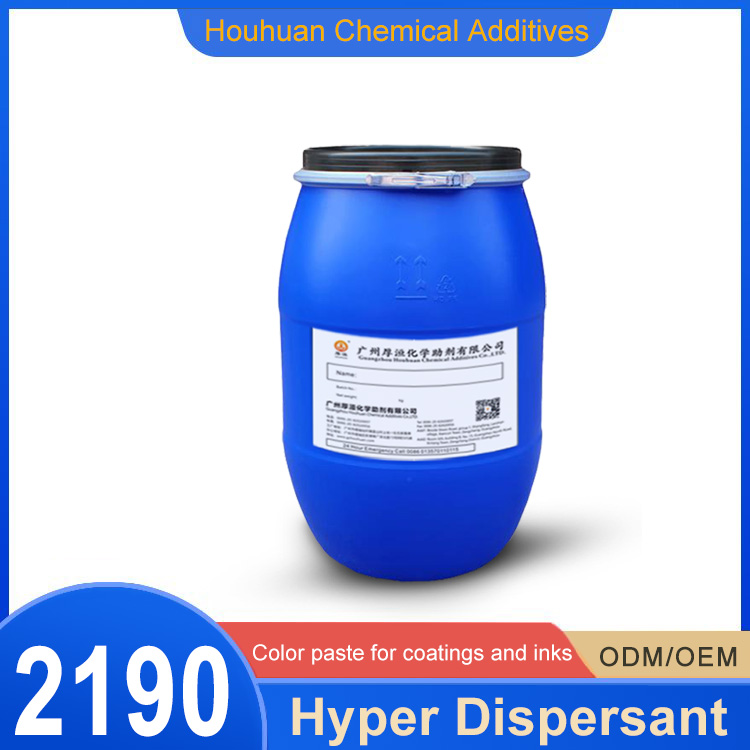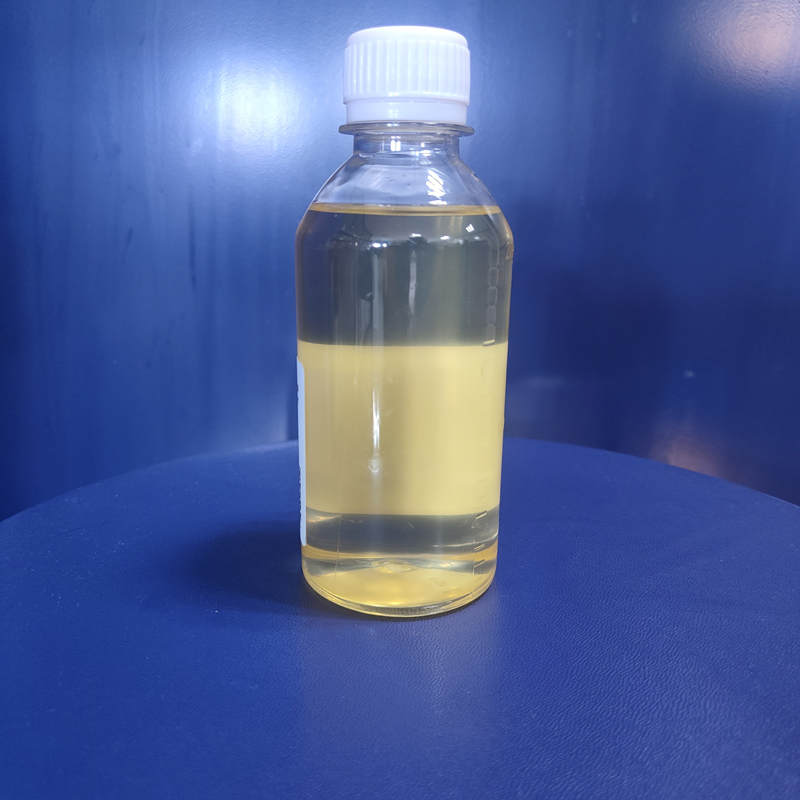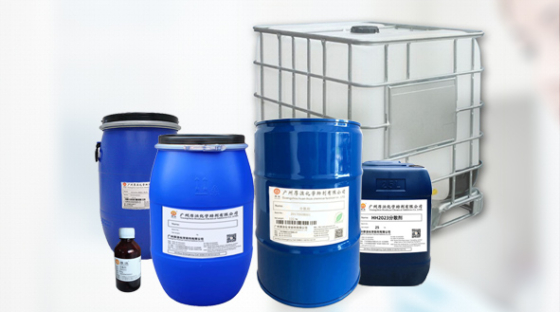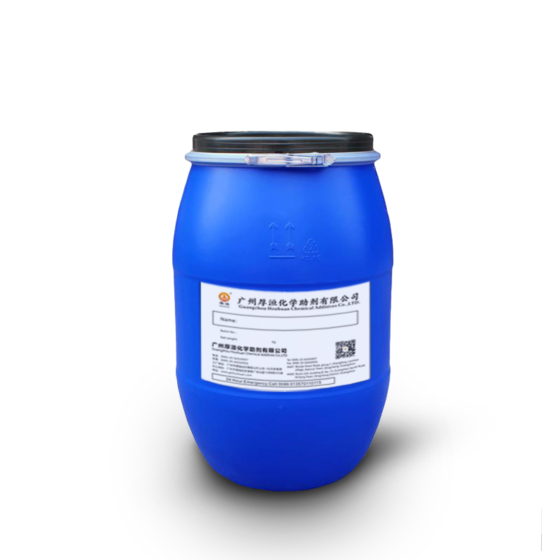It has very good wetting and dispersing ability for pigments, and is suitable for making high-solid content and low-viscosity color pastes.
Especially for the production of water-based resin-free color pastes and resin printing ink color pastes. The color paste produced has good fluidity, high gloss, high tinting power, and long-term pigment dispersion and storage stability. It is a very cost-effective dispersant.
Product Data
Composition:
Nonionic low molecular block polymer containing pigment-affinity groups.
Typical Properties:
Appearance: transparent viscous liquid
PH value: 7-8
Effective content: 60%
Diluent: deionized water, anhydrous ethanol, isopropanol
Ionic properties: non-ionic
*.The values indicated in this data sheet describe typical properties and do not constitute specification limits.
Applications
Used in water-based wood coatings, water-based metallic paints, leather color pastes, water-based gravure inks, inkjet inks, textile printing and dyeing pastes, etc.
Recommended Levels
- Inorganic pigments and fillers 10~20%
- Organic pigments 20~30%
- Carbon black 20%~30%
*. The above data are the dosage ratios in the formula. The optimal dosage needs to be determined through a series of tests.
Incorporation and Processing Instructions
To achieve the best performance, the additives should be added to the grind first, followed by the pigment. Premix the resin and solvent components of the grind, then slowly add the additives while stirring. Do not add the pigment until the additives are well mixed.
The information herein is based on our present knowledge and experience. The information merely describes the properties of our products but no guarantee of properties in the legal sense shall be implied. We recommend testing our products as to their suitability for your envisaged purpose prior to use. No warranties of any kind, either express or implied, including warranties of merchantability or fitness for a particular purpose, are made regarding any products mentioned herein and data or information set forth, or that such products, data or information may be used without infringing intellectual property rights of third parties. We reserve the right to make any changes according to technological progress or further developments.
Functions and uses of dispersants:
Dispersion: Dispersants can disperse solid particles or liquids into liquid media and prevent them from reaggregating. Through the action of surfactants, they encapsulate particles or droplets in micellar structures, making them dispersed evenly, thus forming stable suspensions or emulsions and preventing precipitation and sedimentation.
Preventing precipitation and aggregation: Dispersants can effectively prevent particles or powders from precipitating or aggregating in liquids by increasing their surface activity. They can improve the color development of slurries, making gloss and chromaticity greatly improved, thereby improving the appearance and reliability of applied products.
Stabilization: Dispersants can provide higher dispersion stability and prevent particles from reaggregating to form agglomerates. They reduce the interaction force between particles and hinder the aggregation of particles, thereby maintaining the uniformity and stability of the suspension.
Improving fluidity: Dispersants can improve the flow properties of fluids. When solid particles or droplets are evenly dispersed, they can reduce the viscosity and viscosity of the fluid and improve the flow properties of the fluid.
Thickening: Some dispersants have a thickening effect, forming a colloid or gel structure in the liquid, increasing the viscosity and viscosity of the liquid. This is very useful in some applications, such as seasonings, coatings and adhesives. Adjusting properties: Dispersants can adjust the properties of suspensions or emulsions, such as pH, temperature stability, conductivity, etc. They can improve product quality, process performance and use effects.

Dispersing agent
TWide range of applications: Dispersants are widely used in many fields, including inks, paints, coatings, textile printing and dyeing, inkjet inks, pulp and paper, electronic materials, pesticides, nanomaterials and other chemical fields. Dispersants have an important impact on the efficiency of the production process and product quality.
It should be noted that although dispersants have multiple functions and uses, it is still necessary to control the amount used and choose the appropriate type of dispersant when using them. Improper use may cause harm to human health and the environment. In addition, when using dispersants, relevant safety operating procedures and standards should be strictly followed to ensure the safety of production and use.
Q: When do you arrange production?
A: If we have stock, we usually arrange production immediately after receiving your payment. Otherwise, please confirm the delivery time with us.
Q: What payment methods do you accept?
A: T/T, Paypal and Alibaba Trade Assurance. For payment amount less than 400 USD, we only accept Paypal and Western Union and Alibaba Trade Assurance.
Q: Which logistics agent do you usually cooperate with?
A: We cooperate with EMS, TNT, UPS, FEDEX and other logistics agents. Your own freight forwarder can be assigned to you.
Q: What is the calculation formula for the amount of water-based dispersant added?
A: Addition amount (kg) = (total amount of pigment + total amount of filler) x (1-solid content) + solid content.
All of our dispersants are packaged in export plastic barrels.
The main plastic barrel packaging specifications are: 25kg, 125kg, 200kg, 1000kg.

Dispersant Packaging Specifications
We also accept customized dispersants and other products. Welcome to contact us!
 Houhuan Chemical
Houhuan Chemical






WeChat
Scan the QR Code with wechat